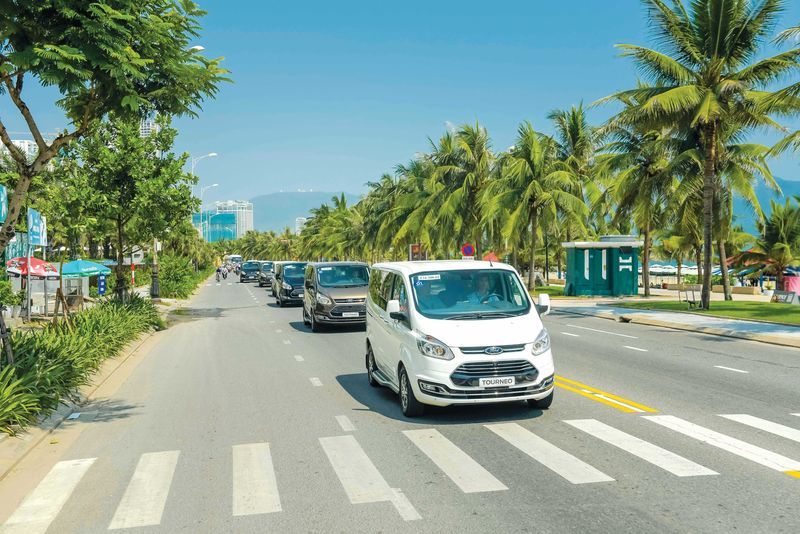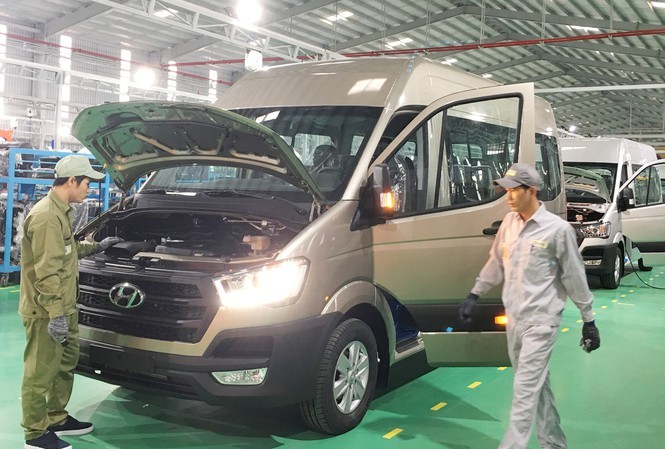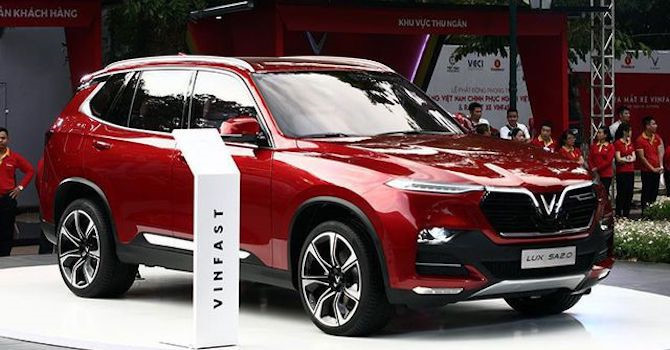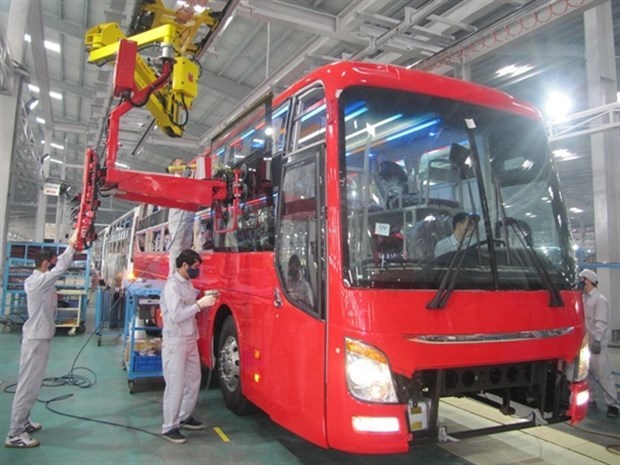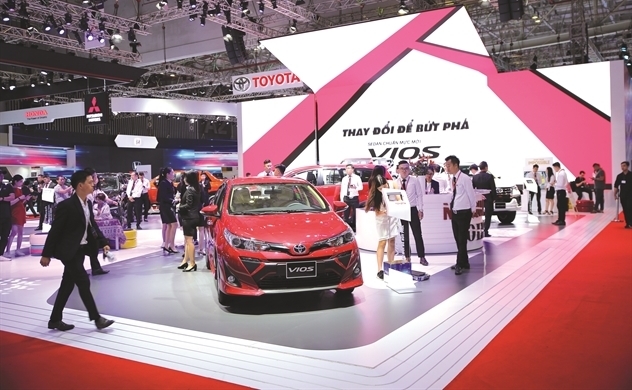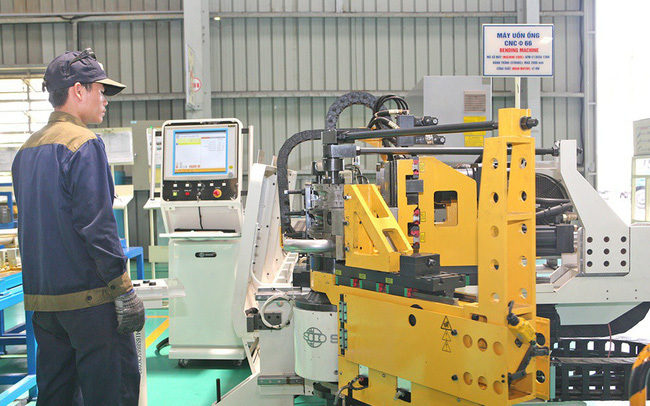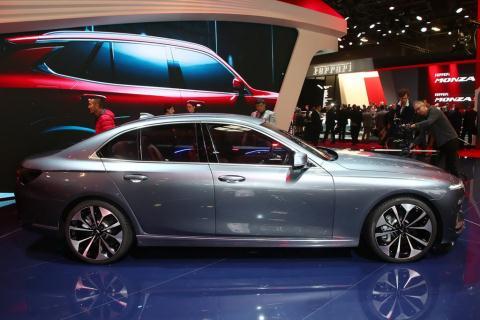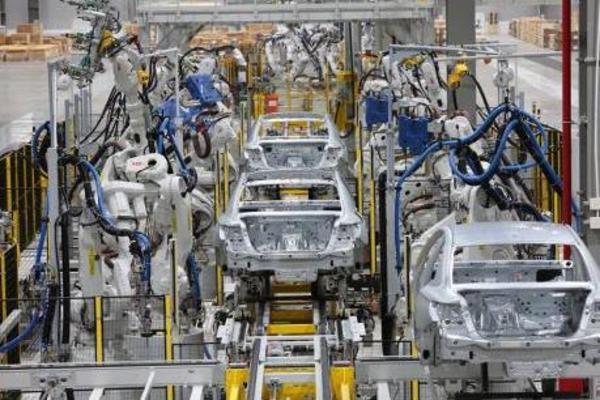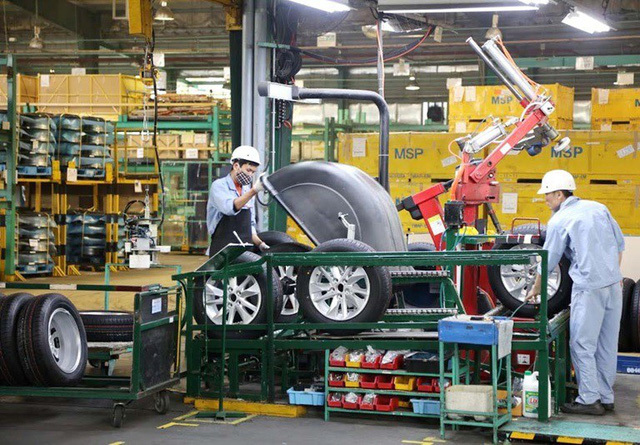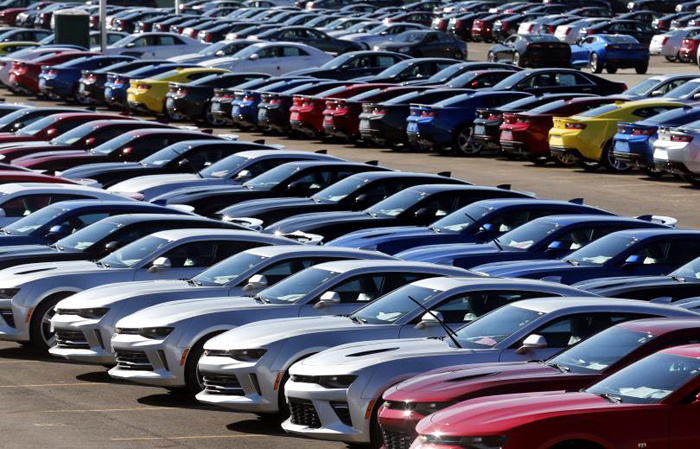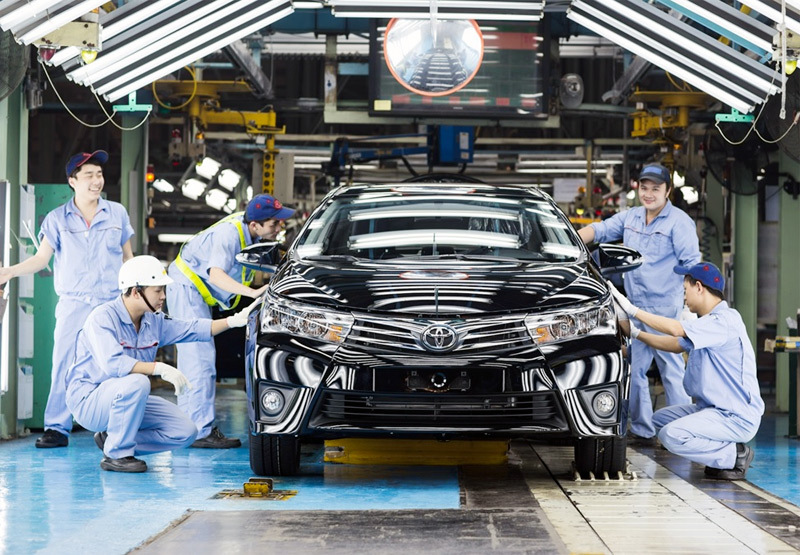- © Copyright of Vietnamnet Global.
- Tel: 024 3772 7988 Fax: (024) 37722734
- Email: evnn@vietnamnet.vn
automobile industry
Update news automobile industry
Vietnam car market still sluggish in year-end sale season
 Despite sale promotion campaigns launched by manufacturers, the car market remained gloomy in the last months of the year.
Despite sale promotion campaigns launched by manufacturers, the car market remained gloomy in the last months of the year.
When will cars in Vietnam be cheaper?
 The high production costs, taxes and fees all make automobile prices in Vietnam much higher than in other countries in the region.
The high production costs, taxes and fees all make automobile prices in Vietnam much higher than in other countries in the region.
Vinfast subsidizes VND300 million for every car sold
 VinFast, the automobile manufacturer belonging to Vingroup, said it is selling cars at a loss.
VinFast, the automobile manufacturer belonging to Vingroup, said it is selling cars at a loss.
VN automobile manufacturers ask for more support
 Vietnam’s automobile industry is small compared to regional markets and local suppliers are asking for more support from the Government.
Vietnam’s automobile industry is small compared to regional markets and local suppliers are asking for more support from the Government.
Car imports flood Vietnam, domestically assembled cars under pressure
 Vietnam’s automobile industry not only has to compete with veterans Thailand and Indonesia, but also with new manufacturers in Laos, Cambodia and Myanmar.
Vietnam’s automobile industry not only has to compete with veterans Thailand and Indonesia, but also with new manufacturers in Laos, Cambodia and Myanmar.
VN automobile support-industry growth remains modest
 The proportion of automobile parts made in Vietnam remains modest because of problems in production costs and quality.
The proportion of automobile parts made in Vietnam remains modest because of problems in production costs and quality.
Will Vietnam’s automobiles have to compete with cars from Laos and Cambodia?
 Experts believe that in the immediate time, Laos and Cambodia will not be rivals on the same par with Vietnam.
Experts believe that in the immediate time, Laos and Cambodia will not be rivals on the same par with Vietnam.
Vietnamese automobile manufacturers focus on importing cars, neglect production
 In the first half of the year, the number of cars imported to Vietnam increased by 500 percent, while some models saw a sharp increase of 650 percent compared with the same period last year.
In the first half of the year, the number of cars imported to Vietnam increased by 500 percent, while some models saw a sharp increase of 650 percent compared with the same period last year.
Vietnamese automobile industry needs special policies to raise competition
 Vietnam needs to issue special policies for the automobile industry to catch up with other countries in the ASEAN region, said experts at a conference held in Hanoi on Tuesday.
Vietnam needs to issue special policies for the automobile industry to catch up with other countries in the ASEAN region, said experts at a conference held in Hanoi on Tuesday.
Vietnam’s $20 billion automobile market at risk of decline
 If supporting industries cannot develop and automobile joint ventures continue importing car parts for assembly, Vietnam’s automobile industry will not survive after 2025, analysts say.
If supporting industries cannot develop and automobile joint ventures continue importing car parts for assembly, Vietnam’s automobile industry will not survive after 2025, analysts say.
Limited car output hinders development of Vietnam's support industries
 CBU (complete built unit) imports have been flooding the Vietnamese market while domestic factories have cut output, raising concerns among car part manufacturers that they may lose jobs.
CBU (complete built unit) imports have been flooding the Vietnamese market while domestic factories have cut output, raising concerns among car part manufacturers that they may lose jobs.
Thai autos flooding Vietnamese market
 CBU (complete built unit) imports from Thailand account for more than 50 percent of total car imports and turnover in the first eight months of the year, according to the General Department of Customs (GDC).
CBU (complete built unit) imports from Thailand account for more than 50 percent of total car imports and turnover in the first eight months of the year, according to the General Department of Customs (GDC).
Imported cars to be more expensive as VN raises luxury tax
 The Ministry of Industry and Trade (MOIT) has proposed raising luxury tax on some car models with fewer than nine seats.
The Ministry of Industry and Trade (MOIT) has proposed raising luxury tax on some car models with fewer than nine seats.
Vietnam to spend $4.3 billion to develop automobile industry
 Experts think the plan to spend $4.3 billion to develop the automobile industry will be in vain.
Experts think the plan to spend $4.3 billion to develop the automobile industry will be in vain.
Will Nissan's old distributor bring Chinese cars to Vietnam?
 Instead of distributing Nissan products, Tan Chong Motor will assemble, import and distribute Chinese cars in the Vietnamese market.
Instead of distributing Nissan products, Tan Chong Motor will assemble, import and distribute Chinese cars in the Vietnamese market.
EVFTA could bring more luxury cars to Vietnam
 Under the EVFTA, Vietnam will open its market to imports from EU with the preferential tariff of zero percent.
Under the EVFTA, Vietnam will open its market to imports from EU with the preferential tariff of zero percent.
Vietnamese told not to expect high-end cars to become cheaper
 Asked about the import tariff on luxury cars from Europe after the EVFTA takes effect, the Ministry of Industry and Trade (MOIT) said the competitiveness of EU sourced cars would improve.
Asked about the import tariff on luxury cars from Europe after the EVFTA takes effect, the Ministry of Industry and Trade (MOIT) said the competitiveness of EU sourced cars would improve.
Two paths for Vietnam's automobile industry
 There are two clear investment tendencies in the automobile industry. First, becoming the leading assembling center in Southeast Asia, and second, buying technologies and making automobiles for export.
There are two clear investment tendencies in the automobile industry. First, becoming the leading assembling center in Southeast Asia, and second, buying technologies and making automobiles for export.
Thai manufactured 3 million cars in 20 years, Vietnam assembled 250,000
 Twenty years ago, five large automobile manufacturers asked Vietnam to open the automobile market. But the proposal was refused.
Twenty years ago, five large automobile manufacturers asked Vietnam to open the automobile market. But the proposal was refused.
Low-cost Vietnamese-made cars hit the market
When VinFast, a Vietnamnese automobile manufacturer, announced the plan to make Premium (Pre), or a low-cost product line, many Vietnamese hoped they would be able to buy cars at reasonable prices in the near future.
